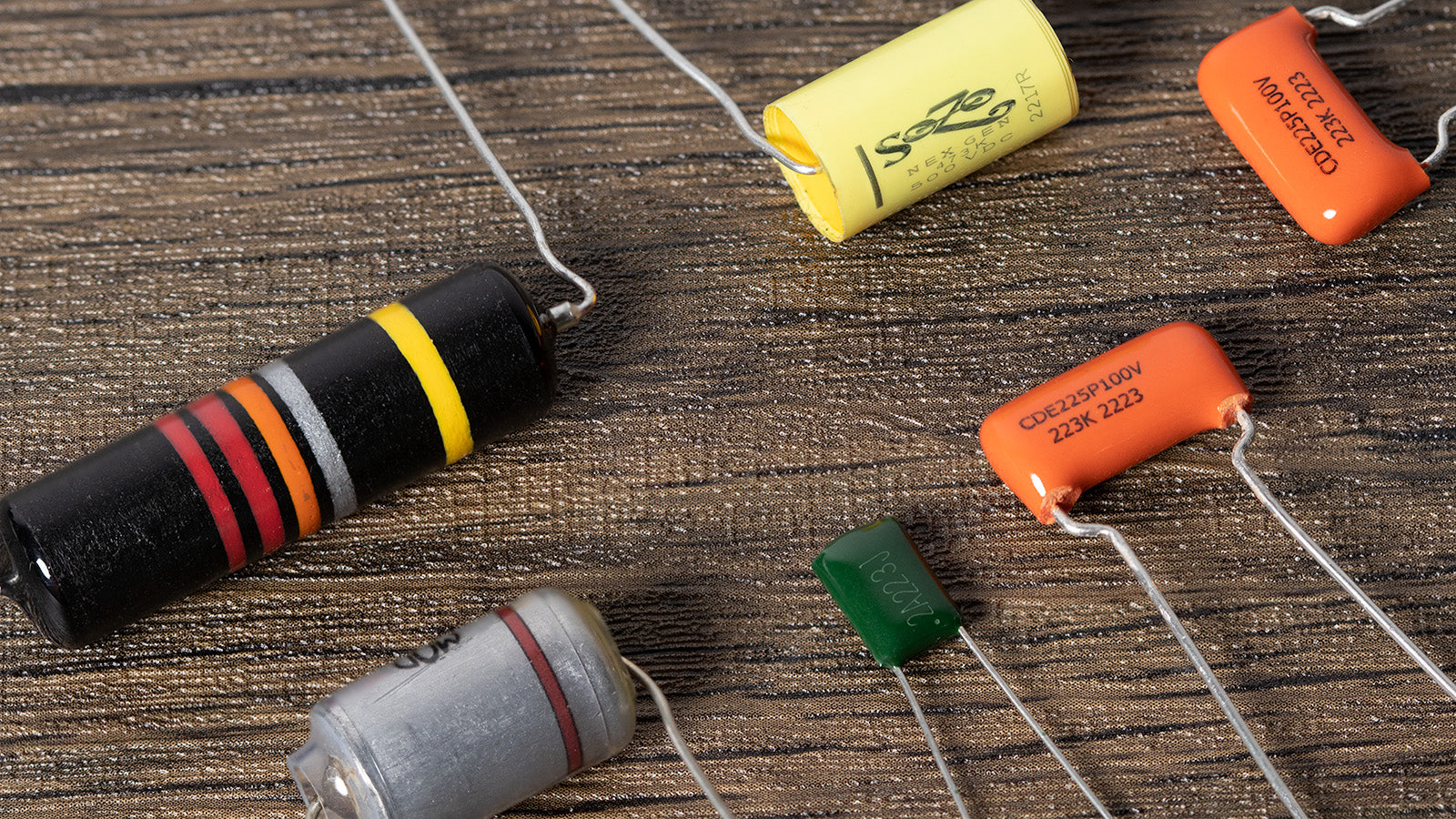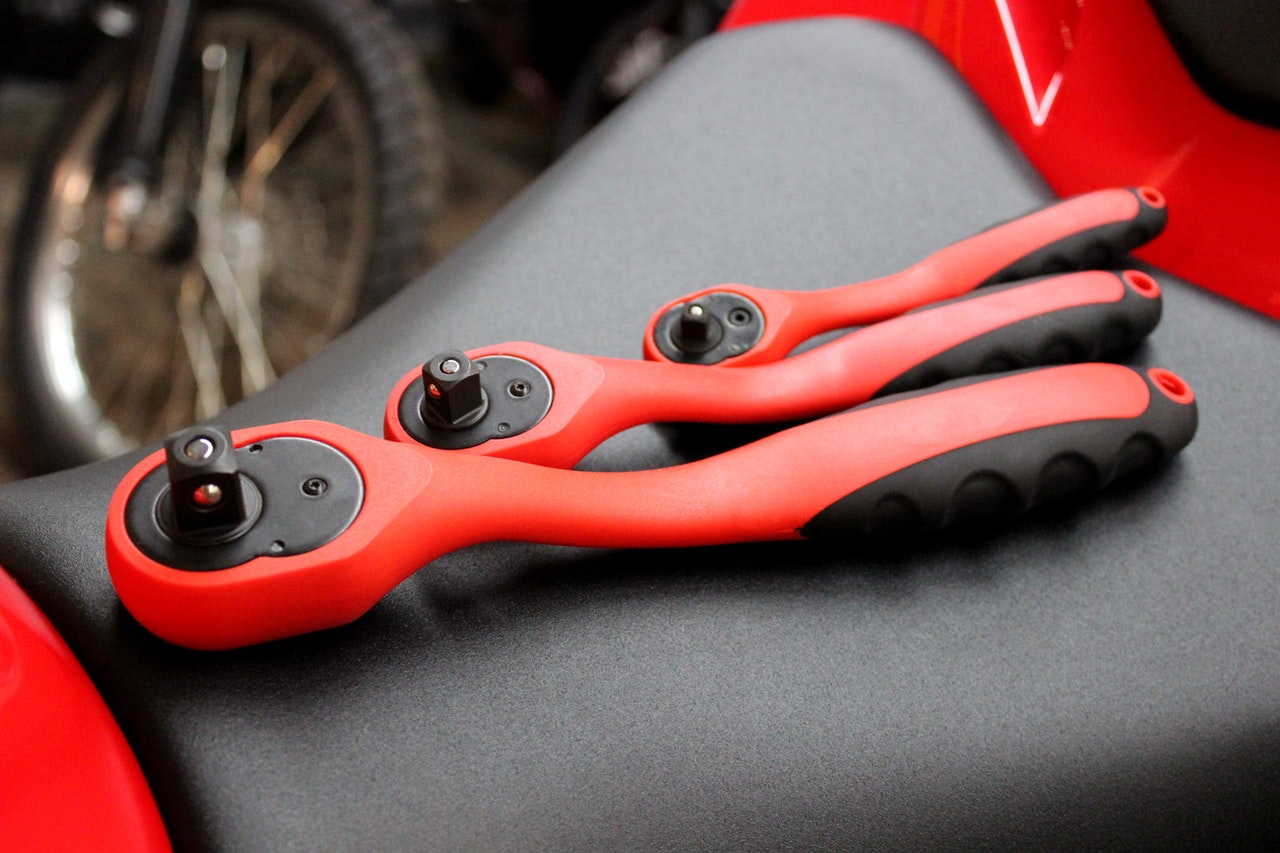In the world of automotive electronics, the reliability and performance of solder joints can significantly impact the overall functionality of a vehicle's electrical systems. With the increasing complexity of automotive electronics, selecting the right solder is crucial for ensuring durability, conductivity, and resistance to environmental factors. This article delves into the various types of solder available, their properties, and the best practices for choosing the right solder for automotive applications.
Understanding Solder Types
Solder is a fusible metal alloy used to join together metal workpieces. In automotive electronics, the most common types of solder are lead-based and lead-free solders. Each type has its advantages and disadvantages, which can influence your choice depending on the specific application.
- Lead-Based Solder
Traditionally, lead-based solder, primarily composed of tin and lead (commonly in a 60/40 ratio), has been favored for its excellent electrical conductivity and ease of use. However, due to health and environmental concerns, its use has been restricted in many regions.
Advantages:
- Superior wetting properties, which facilitate better solder joints.
- Lower melting point, making it easier to work with.
- Excellent mechanical strength and reliability.
Disadvantages:
- Toxicity concerns associated with lead exposure.
- Regulatory restrictions in many countries (e.g., RoHS compliance).
- Lead-Free Solder
In response to the health and environmental issues surrounding lead, lead-free solder has gained popularity. Common compositions include tin-copper (SAC), tin-silver-copper (SAC), and tin-zinc.
Advantages:
- Environmentally friendly and compliant with regulations.
- Improved thermal and mechanical properties in some formulations.
- Enhanced resistance to thermal fatigue.
Disadvantages:
- Higher melting points, which can complicate the soldering process.
- Potential for poorer wetting properties compared to lead-based solder.
Key Considerations for Automotive Electronics
When selecting solder for automotive electronics, several factors must be taken into account:
- Operating Environment
Automotive electronics are exposed to a wide range of temperatures, vibrations, and humidity levels. Therefore, the solder must be able to withstand these conditions without degrading. Lead-free solders, particularly those with higher silver content, often provide better performance in harsh environments.
- Electrical Conductivity
The solder's electrical conductivity is paramount in ensuring efficient signal transmission. Lead-based solders typically offer superior conductivity, but high-quality lead-free alternatives can also meet the necessary standards.
- Mechanical Strength
Automotive applications often involve components that experience significant mechanical stress. The solder must maintain its integrity under these conditions. Lead-free solders, especially those with added alloying elements, can provide enhanced mechanical strength.
- Compatibility with Components
Different electronic components may have specific soldering requirements. For instance, surface mount devices (SMDs) may require different solder formulations compared to through-hole components. Always consult the manufacturer's specifications for the components being used.
Best Practices for Soldering in Automotive Electronics
To achieve optimal results when soldering automotive electronics, consider the following best practices:
- Pre-tinning Components: Pre-tinning leads and pads can improve solder flow and create stronger joints.
- Use the Right Temperature: Ensure that the soldering iron is set to the appropriate temperature for the solder being used. Too high a temperature can damage sensitive components, while too low can lead to poor solder joints.
- Cleanliness is Key: Ensure that all surfaces are clean and free from oxidation or contaminants before soldering. This can significantly improve the quality of the solder joint.
- Proper Technique: Use a steady hand and the correct technique to apply solder. Avoid excessive movement, which can lead to cold solder joints.
- Testing and Inspection: After soldering, inspect joints for quality and perform electrical testing to ensure proper functionality.
Conclusion
Choosing the best solder for automotive electronics is a critical decision that can affect the performance and longevity of electronic systems in vehicles. While lead-based solder offers certain advantages, the shift towards lead-free alternatives is essential for compliance with health and environmental standards. By understanding the properties of different solder types and following best practices, automotive technicians and engineers can ensure reliable and durable solder joints that meet the demands of modern automotive applications.



